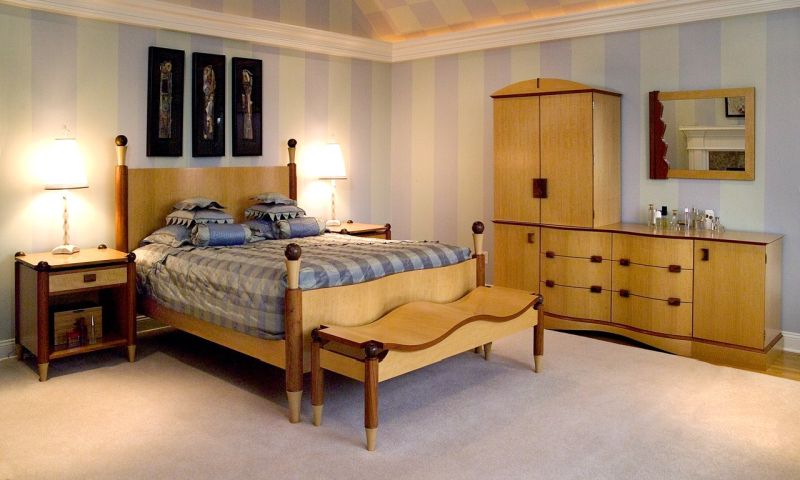Question
I am looking to use a hybrid system using a vinyl sealer over oil base stains then glaze with a second coat of vinyl sealer and top coating with Valspar Zennith waterborne precat. Has anyone been using this type of system?
Forum Responses
(Finishing Forum)
From contributor F:
It will work. Your main issues to deal with and to worry about are durability/integrity of the overall film, intercoat adhesion, how to deal with sand-throughs and witness lines of your different finish films and respecting the dry and cure times of each finish type.
If something goes wrong with your coating and you need tech support, you're on your own unless you're a major manufacturer who already has on hand reps from each finish manufacturer and the like in your factory or factories. These large producers of durable goods get the benefit of maverick finish systems and accompanying tech support from competing finish reps using hybridized finish systems like what you want to lay down.
You need to perform proper scratch tests, testing intercoat adhesion with each finish step using a bonafide scratch test adhesion tool and not the not-so-scientific razor blade and masking tape tests. You also need proper pencil test hardness tests (done after 30 days of full cure) for your topcoats to see how well or how poorly your maverick finish stands up to marrs and scratches. Do not warranty your finish in any way unless you like cans of worms and pandora's boxes and invitations for trouble.
I think that a complete waterborne system to replace your oil-based stains is available and if you convert to it then there's no worry about the vinyl barrier. We've switched over to H2O completely and itís much simpler than running a hybrid system. That's not meant as a criticism of your idea which might well work best for you but staining and glazing with waterborne products can be done without a compromise in quality or a new skill set.
Workability and color vibrancy are still an issue with water based wiping stains in my opinion. It's not impossible to match colors in a completely WB system but it's not easy either and if you are trying to match a stain that was done in a solvent it may well prove to be challenging at best to reproduce the exact look in a WB stain. Dyes help but WB dyes will raise the grain considerably.
Other reasons for considering a hybrid system are dry time and being able to offer a somewhat greener finish system while not having to commit totally to water base. It will let you ease into water base instead of having to dive in head first. Having said all that, make sure the Vinyl Sealer you are using is approved for use under the Valspar Zenith, get with your Valspar tech rep to go over materials and process.
My guess is that most, if not all water borne coating will respond to the forced air and not just the MLC. It may well be that others have enhanced drying characteristics. Even if this is true, we haven't found a competitor yet in terms of how easy AL is to sand.
Also, I understand that the AL pre-cat primer is what goes under the Agua Barnice (post-cat) top coat. This is an attractive system but I have no idea whether AL primer / sealer would be ok under other post-cat topcoats like Duravar, Krystal, or Resistant. I rather doubt it but of course I have not heard of anything to contrary nor have I heard of anyone who would bother going this route. The point is, if AL primer can have post-cat Agua -Barnice on it then what else can it have on it? It probably depends on chemistry that I don't understand so if you do any research please let us know your findings.
